The Fighter


Author: Jean Jacques Greif
Category: Other3
Published: 2006
Series:
View: 167
Read OnlineFighting is a way of life for Moshe Wisniak. As a boy from a very poor neighborhood in Warsaw, he can't run away when Polish kids attack the Jews, because his legs are weak. So he learns to use his fists, his head and other weapons to defend himself and his brothers. When the family moves to Paris in 1929, everyone finds work and life improves slowly. Moshe, now Maurice, is a leather worker and a young husband. At a Jewish sports club, he takes up boxing, and becomes an amateur flyweight. But the war comes to Paris, and by 1942, the French police round up foreign Jews and the Germans deport them by the hundreds every day. They send Maurice to the death camp at Auschwitz. In the camp, SS officers sense Maurice's strength. They command him to box against a dying prisoner. Now Maurice is faced with an impossible moral dilemma: kill the prisoner or be killed by the SS for refusing to obey them. Or will he find a way out?Translated from French by award-winning author Jean-Jacques Greif, The Fighter isn't simply another book about the Holocaust. It is a book about a hero who discovers the death-defying power of his own humanity.From School Library JournalGrade 9 Up–Following his emigration from Warsaw to Paris in 1929, at age 14, Moshe adopts the French name Maurice. Within six years, he establishes a new life with a job, wife, and child in a city displaying less anti-Semitism than the city of his childhood. But his world is about to change again when the Nazis overtake Paris and he is deported, first to a work camp and then to Auschwitz. Moshe draws strength and emotional perseverance from his amateur-boxing hobby, using his skills and techniques to outsmart or even withstand the brutal beatings and long hours of hard labor with minimal nourishment. Told in first person, this novel is a day-by-day account, with graphically detailed descriptions of the cruelty and inhumanity created in a prison/slave environment with its own hierarchy pitting stronger Jews and other prisoners against weaker ones and overseen by merciless German commandos. Ultimately, the adage of survival of the fittest is clearly displayed here as Moshe's story, based on a real survivor's experience, is delineated, ironically negating Hitler's Final Solution. In the end, however, Greif reminds readers that one not only needed emotional and physical strength but also a whole lot of luck and cleverness to be able to resist and emerge from the torturous nightmare of the camps. Tough, realistic reading with some raw language.–Rita Soltan, Youth Services Consultant, West Bloomfield, MI Copyright © Reed Business Information, a division of Reed Elsevier Inc. All rights reserved. From BooklistElie Wiesel in Night (1960), Primo Levi in Survival in Auschwitz (1960), and Anita Lobel in No Pretty Pictures (1998) wrote with unsparing truth about their experiences in the Nazi death camps, and their classic memoirs bear witness to both the horror and the humanity that gave them strength to go on. This novel, which includes many more gruesome particulars, may be too much for some readers. Must we know what it was really like to sift through the piles of corpses, and see eyes that have jumped out of their sockets? The son of an Auschwitz survivor, Greif grew up in France, hearing about cattle cars and poison gas before he heard fairy tales, and for this novel he draws on the experiences of his father's friend in the camps, a Polish Jew whom Greif calls Moshe Wisniak. Wisniak works in the gas chambers, and his present-tense narrative vividly describes the atrocities as well as the importance of courage, friendship, and, especially, luck in the fight for survival. A champion boxer, though small in stature, Wisniak is set up to entertain camp guards by fighting a dying prisoner. When the time comes to end the fight, however, the small boxer refuses to deliver the killing blow. In a note, Greif calls Wisniak a hero, a kind of Don Quixote figure, who fought back. Hazel RochmanCopyright © American Library Association. All rights reserved
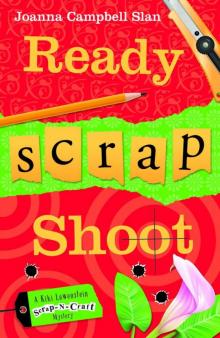 Ready, Scrap, Shoot (A Kiki Lowenstein Scrap-N-Craft Mystery)
Ready, Scrap, Shoot (A Kiki Lowenstein Scrap-N-Craft Mystery)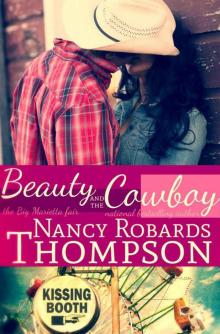 Beauty and the Cowboy
Beauty and the Cowboy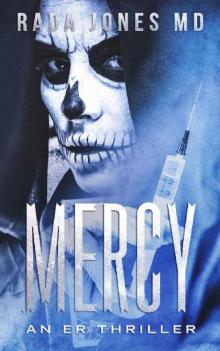 Mercy
Mercy Lust
Lust The Bachelor's Promise (Bachelor Auction)
The Bachelor's Promise (Bachelor Auction) Some Die Nameless
Some Die Nameless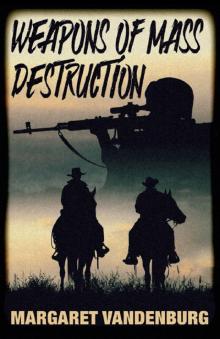 Weapons of Mass Destruction
Weapons of Mass Destruction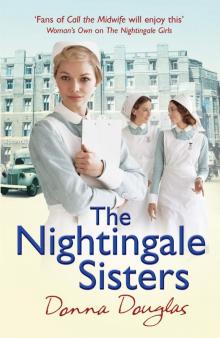 The Nightingale Sisters
The Nightingale Sisters